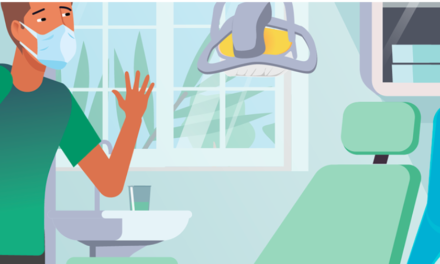University of Surrey Research Reveals Mixed Results on Remote Interpreting Effectiveness
As the healthcare sector increasingly leans on technology, especially in the wake of the COVID-19 pandemic, a new study from the University of Surrey raises concerns about the effectiveness of remote medical interpreting (RMI). The research highlights that while remote interpreting methods have been widely adopted, they may inadvertently hinder effective communication between healthcare providers and patients.
Led by Dr. Wei Zhang, alongside Dr. Elena Davitti and Professor Sabine Braun, the study surveyed 47 professional interpreters experienced in remote interpreting across various healthcare contexts. The findings suggest that remote technologies, such as telephone interpreting (TI) and video interpreting (VI), introduce significant challenges that can negatively impact the quality of communication.
Key findings from the study include:
- Both VI and TI share several challenges, including the lack of visual cues in TI and the lower efficiency of visual cues in VI compared to in-person interpreting.
- Interpreters reported that both remote modalities adversely affected effective communication and human interaction, with VI being rated slightly more effective than TI.
- The pandemic exacerbated existing challenges related to both TI and VI, highlighting issues in technical and interactional aspects of remote interpreting.
Interpreters expressed frustration with technical difficulties, such as poor sound quality and inadequate visual cues, alongside logistical challenges like insufficient briefings and limitations in conveying nonverbal and emotional nuances. These factors significantly hindered their ability to interpret effectively, especially in complex medical situations that require sensitive communication, such as delivering bad news to patients.
Dr. Wei Zhang, lead author of the study, commented, “Our findings suggest that while remote interpreting offers accessibility, it may sometimes compromise the quality of communication. Interpreters frequently reported the limitations of remote methods on nonverbal and emotional communication. They can feel detached and frustrated due to poor equipment and inadequate arrangements, which adversely affect their ability to facilitate effective and emotionally supportive communication in healthcare settings.”
Participants for the study were recruited through professional interpreter associations, language service providers, and healthcare institutions. The survey included five blocks of questions assessing interpreters’ experiences, perceptions, and the technologies used in both TI and VI settings.
The research indicates that the shift to remote interpreting during the pandemic resulted in a reliance on less suitable communication methods for specific medical contexts. While interpreters were comfortable using TI for straightforward interactions, they found VI more effective for longer and more complex healthcare encounters. VI was deemed an acceptable but not fully equivalent alternative to traditional face-to-face interpreting, especially in situations where emotional or nonverbal communication plays a crucial role.
Professor Sabine Braun, co-author of the study, emphasized the importance of recognizing the potential drawbacks of solely relying on remote interpreting technologies. “As healthcare continues to evolve in the digital age, understanding the limitations of these systems is crucial for fostering effective communication and ensuring patient safety,” she stated.
Dr. Elena Davitti added, “Healthcare communication is not just about language; it’s about connection. As we embrace technology, we must prioritize the human elements of interpreting to ensure that all patients receive the care they deserve.”
The findings from this study serve as a vital reminder of the inherent value of human interaction in medical settings, underscoring the need for healthcare institutions to carefully consider the choice of interpreting methods based on the specific nature of medical interactions. As the healthcare landscape continues to adapt to digital solutions, prioritizing effective communication remains essential for ensuring optimal patient care.











